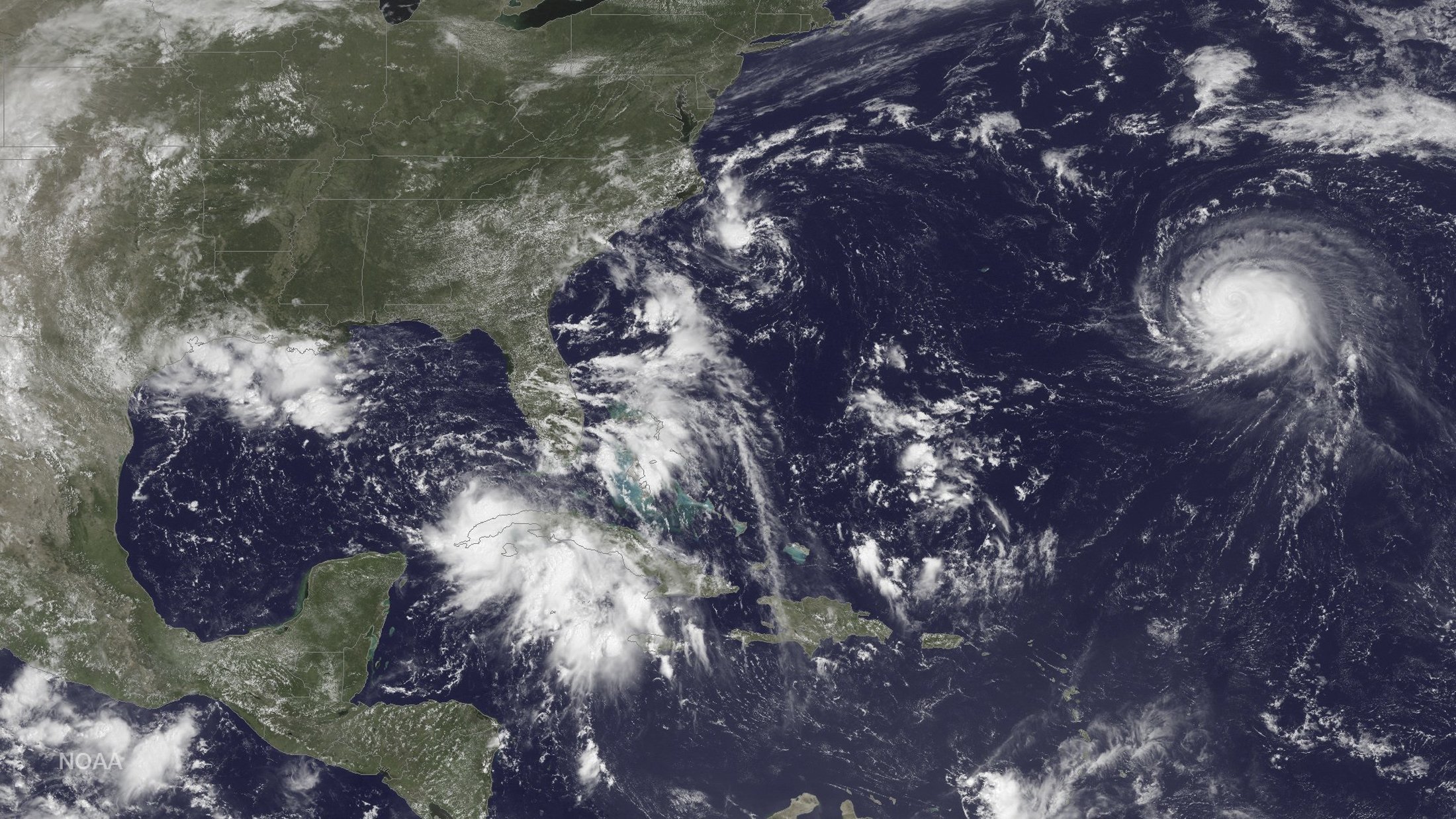
WASHINGTON (Reuters) – The U.S. military has stepped up discussions on converting its Aegis missile defense test site in Hawaii into a combat-ready facility that would bolster American defenses against ballistic missile attacks, according to sources familiar with the discussions.
The proposal, which has been discussed sporadically for several years, was given fresh impetus by North Korea’s fourth nuclear test on Jan. 6 and by recent strides in China’s missile technology capabilities, said current and former U.S. military officials, congressional aides and other sources.
A Chinese official in Washington suggested that Beijing would see such a U.S. move as counter-productive to relations.
Aegis, developed by Lockheed Martin Corp for use on U.S. Navy destroyers, is among the most advanced U.S. missile defense systems, integrating radars, software, displays, weapons launchers and missiles.
Setting up its land version — Aegis Ashore — in Hawaii and linking it with Aegis destroyers would add a permanent missile defense site to the Pacific, providing an extra layer of protection for the U.S. islands and the West Coast at a time when North Korea is improving its missile capabilities.
Ground-based interceptors in Alaska and California provide the current defense for Hawaii and the continental United States against missile attacks.
The Navy also relies on deploying Aegis-equipped destroyers based on U.S. intelligence warnings about imminent threats. North Korea’s development of mobile missile launchers has made it more difficult to predict launches in advance.
To make the test site combat-ready, the U.S. military would need to add personnel, stockpile live missiles and beef up security, at an estimated cost of around $41 million, said the sources, who were not authorized to speak publicly.
It would also need to integrate the site into the larger U.S. ballistic missile defense system, with control likely shifting from the Pentagon’s Missile Defense Agency to the U.S. Navy, the sources said.
U.S. Navy Admiral Harry Harris, commander of U.S. Pacific Command, has been engaged in high-level discussions about ways to protect Hawaii, Guam and the continental United States from threats like North Korea, his spokesman, Captain Darryn James told Reuters.
James said no decisions had been made, but the Aegis Ashore site in Hawaii had a “proven test capability.”
“Admiral Harris is always exploring options to forward deploy and operationalize the latest advancements in ballistic missile defense technologies in the Pacific, where we face increasingly sophisticated threats to the homeland,” James said.
It remains unclear when the U.S. administration could reach a decision, but implementing the changes could be done swiftly, the sources said.
STRENGTHENING THE SHIELD
North Korea’s nuclear test in January underscored U.S. concerns that the secretive state has the ability to place a bomb on a long-range ballistic missile that could reach the U.S. West Coast.
Any moves to boost missile defenses could inflame growing military rivalry between China and Washington and its allies.
Converting the site on Hawaii’s Kauai island into combat use could rankle China at a time of heightened tensions with Washington over the disputed South China Sea. Beijing has already expressed concern about the possible deployment of the mobile U.S. Terminal High Altitude Area Defense (THAAD) system to South Korea.
Zhu Haiquan, spokesman for the Chinese Embassy in Washington, said Beijing believed the nuclear proliferation issue would be best resolved diplomatically.
“All measures seeking to increase military capacities will only intensify antagonism and will not help to solve the problem,” he said when asked about the possible U.S. move.
“China hopes the relevant country will proceed on the basis of regional peace and stability, adopt a responsible attitude and act prudently in regard to the anti-missile issue.”
Russia, meanwhile, has repeatedly objected to the U.S. Aegis Ashore site in Romania, which is due to become operational in the coming weeks. A similar site is due to open in Poland in 2018.
The Missile Defense Agency explored the prospect of putting the Hawaii test site into full operation in a classified report to Congress in September 2014, according to one of the sources.
Congress requires the agency to update its estimate of the cost, feasibility and effectiveness of adding more Aegis Ashore sites this spring.
The Aegis Ashore test site in Hawaii completed its first intercept test in December, using a Raytheon Co Standard Missile-3 Block 1B to destroy a target that replicated an Iranian Ghadr-110 medium-range missile.
Riki Ellison, who heads the non-profit Missile Defense Advocacy Alliance, said the new Aegis installation would in effect give the U.S. military three chances to shoot down a missile aimed at Hawaii, up from one currently.
“If you have the assets on the island, why not use them to protect against possible missile attacks from North Korea?” Ellison said.
The December test proved the Aegis Ashore system could fire two different Raytheon Co missiles — one inside the earth’s atmosphere and one outside — at an enemy missile.
Expansion of military operations in Hawaii have sparked protests by residents in the past.
But Hawaii Representative Mark Takai, a Democrat and member of the House Armed Services Committee, said the conversion is “the best way to ensure we have protection for Hawaii’s critical defense infrastructure against increasingly belligerent actors that threaten our country.
(Additional reporting by Matt Spetalnick and Jeff Mason; editing by Stuart Grudgings)











